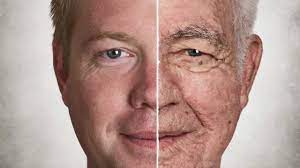Stretch Mark Tattooing: A Concerning Trend
While stretch mark tattooing has gained popularity on social media as a "quick fix," the medical community remains cautious. Below are the highlighted concerns on stretch mark tattooing.
1. Ink Behaves Unpredictably on Scar Tissue
Stretch marks lack normal collagen, tattoo carrying risk of causing:
- Blurring (ink spreads into surrounding skin)
- Patchy fading (requires frequent touch-ups)
2. Higher Complication Rates
- Infection: Fibrotic skin heals slower.
- Keloids: Raised scarring worsens in prone individuals.
3. Interference With Possible Future Treatments
- Tattoos may complicate laser therapy (risk of burns, pigment changes).
- Microneedling/RF devices become less effective over inked areas.
4. Temporary "Fix," Permanent Consequences
- Stretch marks may expand further when there's weight changes or subsequent pregnancy
- Tattoo removal is painful/expensive if regrets arise.
Key Message for Patients
Tattoos are a purely cosmetic cover-up with no therapeutic benefit.
⚠ If opting for tattoos still, here are a few advices:1. Wait until stretch marks are fully mature (>2 years).
2. Choose a professional tattoo artist that experienced in scar tattooing.
3. Avoid areas prone to further stretching (abdomen post-pregnancy).
While tattoos may seem to have a quick fix on stretch marks, they are actually fail to address the structural cause of stretch marks and introduce new risks. Hence, As a doctor, I prioritize evidence-based treatments that improve skin health—not just mask imperfections.





Comments
Post a Comment